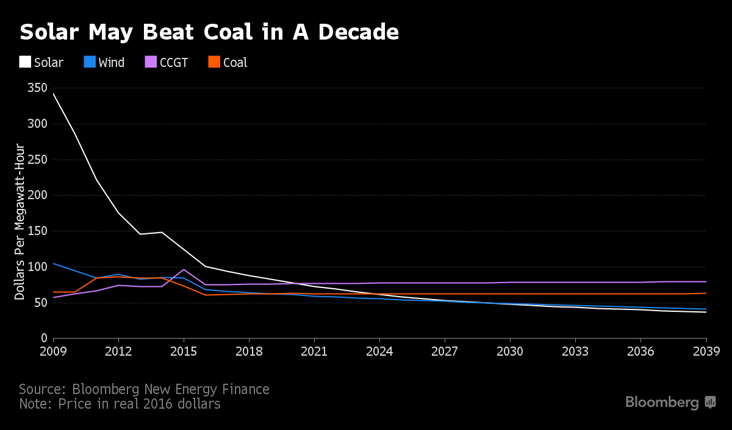
It’s the first week of the year, and the news is already teeming with stories about advanced energy. From cars that drive themselves stealing the show at CES (formerly the Consumer Electronics Show) to new developments in EV batteries to entire countries running exclusively on advanced energy, the news demonstrates that advanced energy is here to stay.
If you were stuck in traffic around the Las Vegas Convention Center this week, chances are good a robot shared your fate – and probably didn’t get nearly as upset as you did. Hiawatha Bray, writing for The Boston Globe, details a test-drive with South Korean carmaker Hyundai that might just convince you robots are above-average drivers. The Ioniq sedan managed to avoid collisions even when another driver cut it off and pedestrians stepped right in front of it (Las Vegas, never change). It also features a complex system of road maps (better than Google Maps, according to Cason Grover, Hyundai’s senior group manager for vehicle technology planning) that breaks down details like when to turn right on red and where lanes transition into left turn only.
Other companies getting in on autonomous driving at CES include Ford, Fiat, Chrysler, and Honda. Mike Ramsey, an automotive technology analyst, did try to manage expectations. If Ford begins selling its autonomous car by 2021, the price would probably be around $100,000, which we would call Tesla Roadster prices. But all the car companies are getting into automotive autonomy “because they have to,” said Ramsey. “If you want to be taken seriously, you’ve got to get into the game.” With so many players, progress may proceed more quickly than expected.
Meanwhile, Tesla was in the headlines this week by activating the company’s – and the industry’s – first Gigafactory: a manufacturing facility for batteries in the Nevada desert. The factory, located just outside of Reno, will be manufacturing batteries for Tesla’s energy storage arm, as well as gearing up for the official release of the Tesla Model 3, which is sold out through mid-2018. A second Tesla/SolarCity (merger pending) Gigafactory for solar panels in Buffalo, N.Y., is currently hiring but has not yet kicked off production.
Tesla’s not done yet, though. Though the Nevada Gigafactory is currently occupying only 30% of its eventual footprint, Tesla is ahead of schedule in terms of employment. Tesla and partner Panasonic initially promised to hire 4,000 Nevadans by 2019 and 6,500 by 2020. To date, Tesla has hired 1,100 people in permanent jobs, as well as 1,900 construction jobs. By the time the factory is complete, it will position the United States as a central player in the global energy storage battery marketplace, which has been largely been based in Asia.
On the generation side of advanced energy, Bloomberg reported this week on a trend we’ve been following for a long time: grid parity. “Solar power is now cheaper than coal in some parts of the world,” reports Bloomberg. “In less than a decade, it’s likely to be the lowest-cost option almost everywhere.” Solar prices are down 62% since 2009, with costs falling in every component of the supply chain. By 2025, solar may be cheaper than coal on average globally, according to Bloomberg New Energy Finance. The next cheapest source of power? Wind, which BNEF also expects to be cheaper than coal in the next five years.

What does an advanced energy-powered society look like? Take Costa Rica, for starters. In 2016, the country used “barely” any fossil fuels, instead generating its power from renewable sources. According to Mashable, renewable generation supplied just over 98% of the country’s electricity last year, running mostly on hydroelectric power, with geothermal, wind, and, to a lesser extent, biomass and solar taking up the slack. Across the ocean, the United Kingdom generated half its electricity from nuclear power and renewables and more from wind than from coal. In different combinations, advanced energy leads the way.
